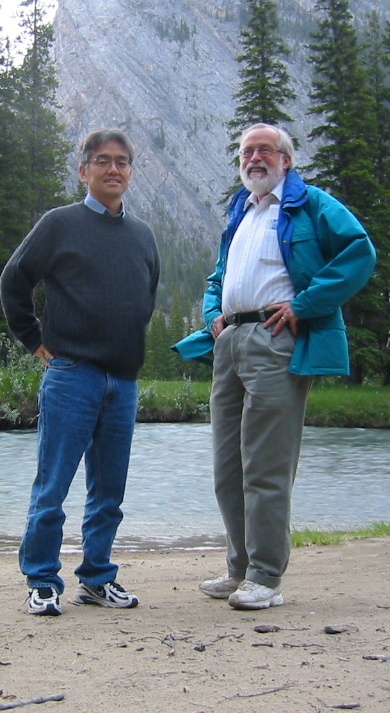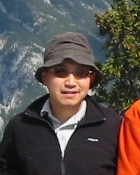I was inspired by the recent result of Ekholm, White, and Wienholtz that a stationary minimal surface in Rn, whose boundary curve has total curvature at most 4 pi, must be embedded. The paper was published in Annals of Mathematics 155 (2002), 109-234. See the Postscript version. Their result implies the well-known Fáry-Milnor theorem on the total curvature of knots in R3. Jaigyoung Choe and I took up the challenge to extend their result, with an appropriately modified hypothesis, to space forms and to manifolds of variable curvature. We showed that in a space form of constant sectional curvature K0, if the total curvature of a curve, plus the supremum of K0 times the area of cones over the curve with vertex in the convex hull, is at most 4 pi, then any minimal surface with that curve as boundary must be embedded. These hypotheses are sharp. Moreover, If K0 is nonpositive, then the same result holds in a manifold whose sectional curvatures are bounded above by K0 [44]. This implies the unknotting theorem of Alexander-Bishop and of Schmitz in Hadamard manifolds, as well as some new unknotting results. See the Postscript version or the PDF version. I reported on this work, and on possible analogous density estimates for mean-curvature flow, at the Workshop on Geometric Evolution Equations held at NCTS in Hsinchu, Taiwan in July, 2002. My paper [47] for the Proceedings of that workshop is available in the Postscript version or the PDF version. |
 |
